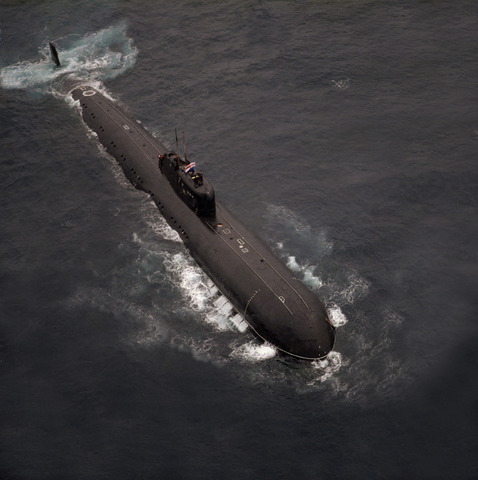
Winston Churchill once said "Although personally I am quite content with existing explosives, I feel we must not stand in the path of improvement."
One vision, 2.9 bn USD and almost 40 years later, India is now on the verge of completing its Nuclear triad. INS Arihant - India's 'destroyer of enemies' was unveiled on the 10th anniversary of India's triumph over our insensate neighbor in Kargil.
The Vision...
Conceived during Indira Gandhi's term as Prime Minister in 1970, who foresaw the need for formidable weaponry to defend India from air, land and sea - the dream for a nuclear submarine was a supposed result of the Sino-Indian war of 1962.
The project, though seemed to take some form only in the late 1980's when India leased the ex-Soviet Charlie class nuclear submarine (in 1988 for 3 years). INS Arihant was initially planned to be built in the lines of the Charlie class but the project was later made more elaborate to include it in the SSBN (Submersible Ship - Ballistic missile - Nuclear powered) class of submarines.
The Nuclear Triad...
Well, as the name suggests, a nuclear triad refers to a nuclear arsenal which has 3 components. This basically is to ensure that a country is not left high and dry if in the first offensive of a demented nation, all its weaponry is not lost.
Therefore the necessity of a SSBN so that even if India's nuclear capable ground and air munitions are mutilated, INS Arihant, which is resting more than 300m underwater, leads the defensive from India.
INS Arihant...
The 111 m long war machine with an 80MW Nuclear Reactor using 40% enriched Uranium fuel generates 47,000 hp and can reach depths of 300m. Armed with an impressive 6 torpedoes and 12 Sagarika SLBMs, the Arihant is a capable, though not a very challenging, weapon.
With the induction of INS Arihant into its legion, India will be one of only six countries (the other 5 being USA, UK, Russia, France, China) capable of designing, building, and operating its own nuclear submarines.
Umm... whyyy???
A major concern I have with nations today, particularly in South-East Asia, where religious factors don't have significant implications on foreign policy (apart from the case of Kashmir) is that most of the advances in military strength is done first from an offensive perspective, which neighbouring regions take as reference and increase their "defense budgets" to accommodate countermeasures.
I guess its not juvenile to say that a stakeout in this region of the world is quite improbable. With nations so closely dependent on one another, the greatest threat would be the biggest threat to each of these nations is their own greed for "more".